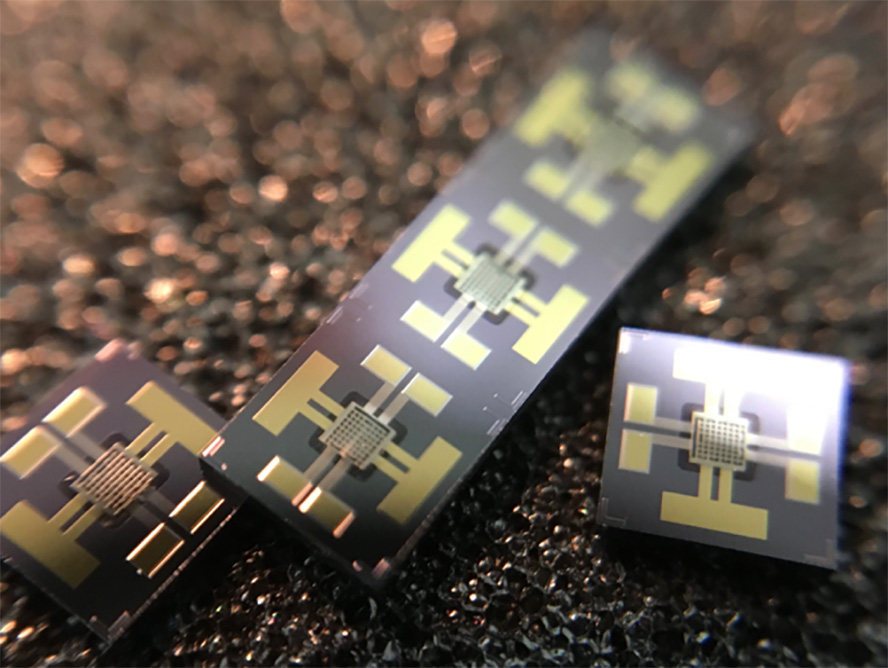· articles · 3 min read
Gas Sensor Calibration - Things to Bear in Mind
In this article, we will note down some of the important things to bear in mind when carrying out gas sensor calibration.

Whether you are in the process of early-stage method development or conducting ongoing quality assurance (QA), you are probably already familiar with the importance of gas sensor calibration. Most manufacturers recommend that sensors are calibrated at least twice a year, using traceable reference test gases. This – of course – depends on multiple parameters, including your workflow’s specific risk factors.
For instance, regular gas sensor calibration can mean the difference between reliable confirmation of flammable/toxic gas exposure and potentially catastrophic events. Running the mandatory tests using premixed gases is essential to maintaining the integrity of your measurement devices, thus the efficacy, safety, and reliability of your gas flow system.
In this article, we will note down some of the important things to bear in mind when carrying out gas sensor calibration.
5 Points or Less: Balancing Accuracy with Cost
Most gas sensors are calibrated using a standardized less-than 5-point calibration technique. The normal 2-point calibration procedure involves two steps: setting the offset reading and calibrating the sensor’s span. Increasing the number of calibration points regulates the span and typically offers vastly superior accuracy. The trade-off is that it requires different pre-mixed atmospheres which come at a cost.
Is Your Premixture Commercially Available?
Gas sensor calibration can often be carried out based on standardized models using readily-available pre-mixed gas species. This can be a cost-effective solution for single- and few-point gas sensor calibration, but it rapidly becomes prohibitively costly when dynamic, multi-point calibration is required. Bespoke mixtures may also be difficult to come at a reasonable price.
Should You Use a Gas Mixer Instead?
Often, premixed gases remain an attractive solution for single- and few-point gas calibration. Multi-point gas sensors, however, often require a more precise solution than premixtures when it comes to calibration.
Dynamic gas mixers offer much greater performance capabilities when sensors need to be calibrated with a variety of atmospheres, rather than to a single reference standard. This empowers researchers, providing unparalleled control of gas sensor calibration parameters.
For instance, gas mixers provide greater levels of control with intuitive firmware. Gas sensor calibration can subsequently be carried out to the parts per million (ppm) range accurately and much more cost-effectively than with pre-mixed cylinders. Simply program the gas mixer and run the process for fully automated, reliable gas sensor calibration.
Gas Sensor Calibration with Fusion Flow Technologies
Fusion Flow Technologies specializes in turnkey and modular gas mixing systems for a range of applications. Each system is custom-built to meet client specifications. If you would like to learn more about using our mixing technologies for gas sensor calibration, simply contact a member of the Fusion Flow Technologies team today.
Questions? We have answers.
Chat for free with a gas mixing expert about your application today.